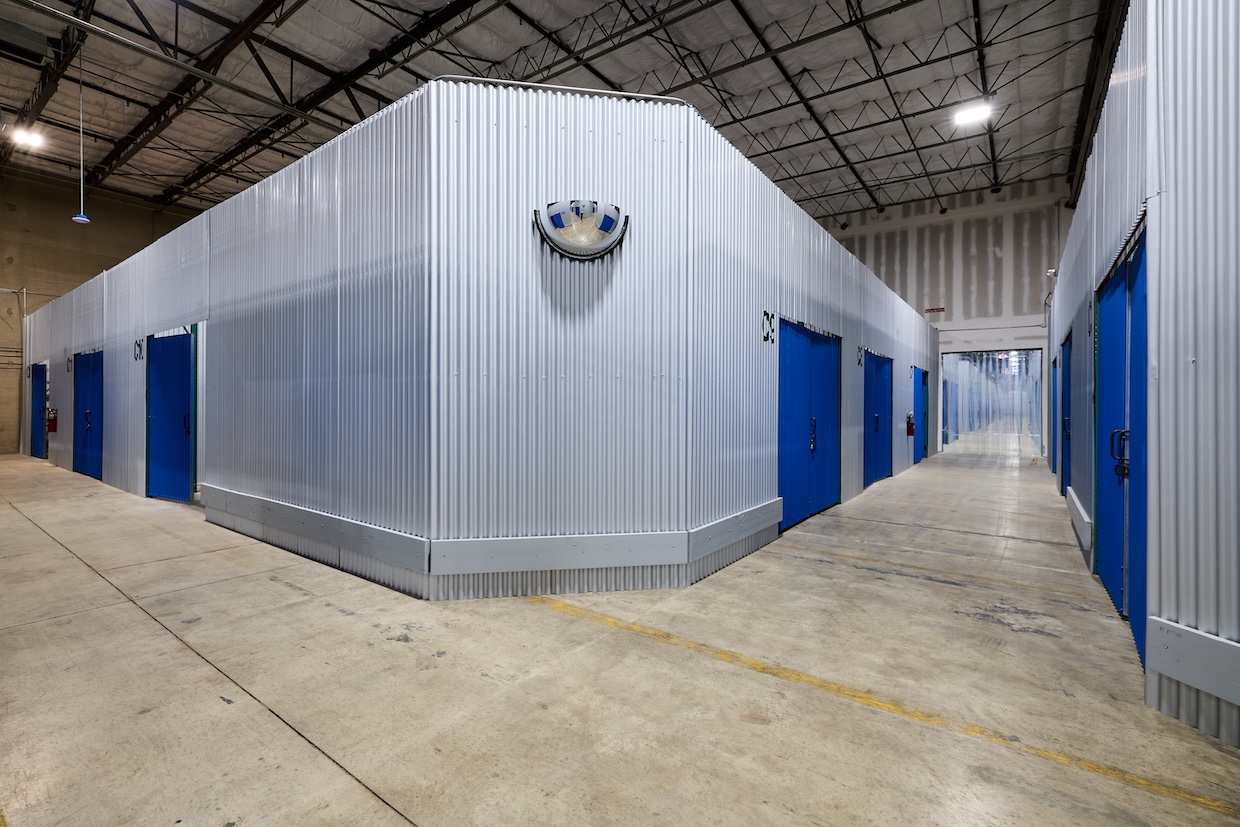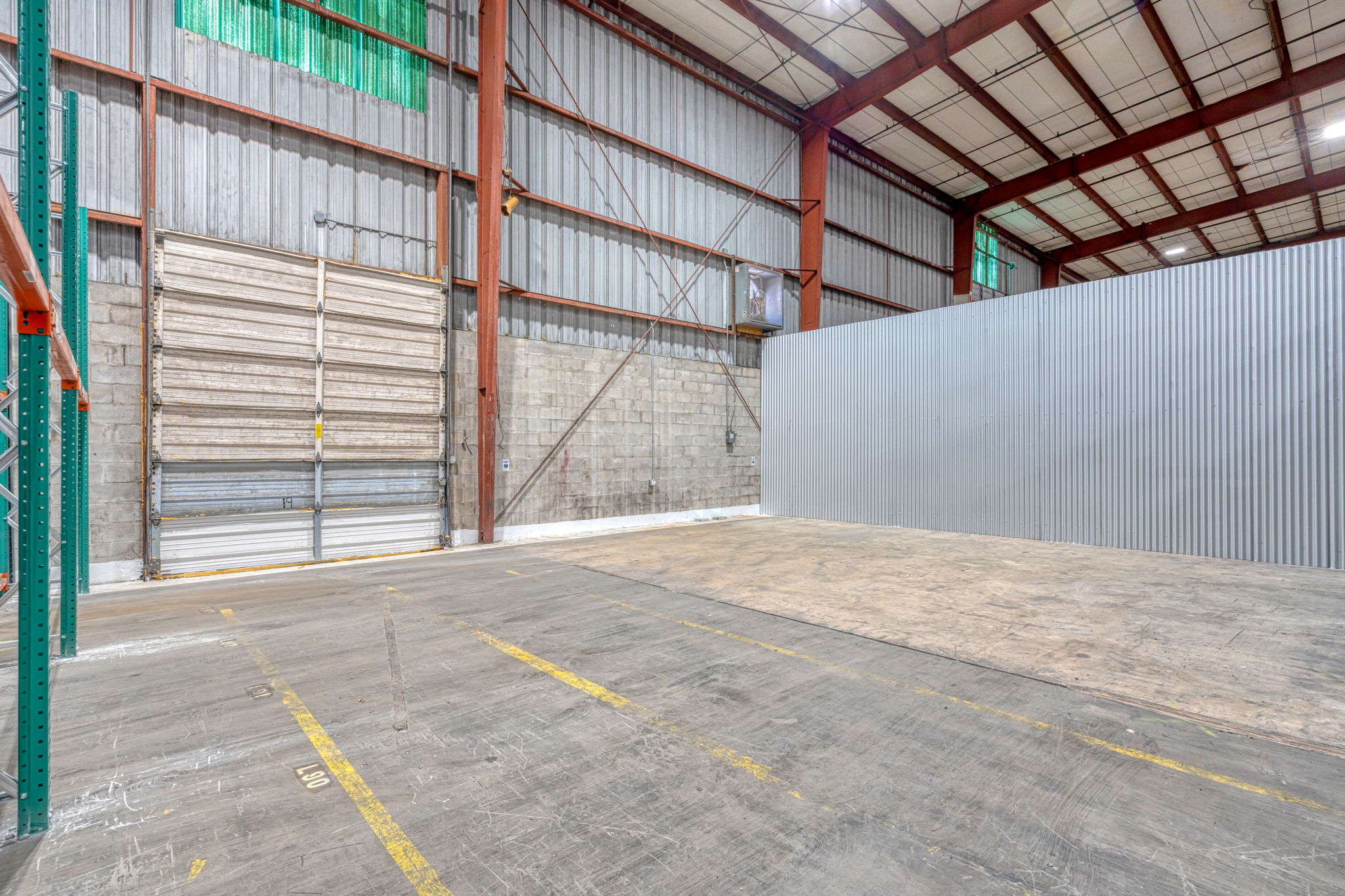How to Attract Quality Long-Term Tenants to Your Industrial Property
Securing reliable, long-term tenants is the cornerstone of successful industrial property ownership. Quality tenants provide stable income and better maintain your property, creating fewer management headaches. This guide outlines proven strategies to attract and retain the best industrial tenants for your property.
Understanding What Quality Industrial Tenants Want
Today’s Industrial Tenant Priorities
Before marketing your property, understand what drives tenant decisions:
- Efficient space configuration that maximizes operational productivity
- Strategic location relative to suppliers, customers, and workforce
- Appropriate building specifications that meet their technical requirements
- Flexibility to accommodate growth or changing business needs
- Reasonable total occupancy costs (not just base rent)
- Responsive property management that addresses issues quickly
- Professional relationship based on mutual respect and clear communication
Preparing Your Property to Attract Premium Tenants
1. Invest in Critical Building Systems
Focus improvements on elements that affect operations:
- Loading areas: Ensure dock doors, levelers, and seals are in excellent condition
- HVAC systems: Maintain or upgrade for reliability and efficiency
- Roof integrity: Address issues immediately to prevent inventory damage
- Electrical systems: Consider upgrading capacity for modern equipment needs
- Lighting: Convert to efficient LED systems throughout the facility
- Floors: Repair cracks, holes, or unevenness that could affect equipment or safety
2. Enhance Exterior Appeal
First impressions matter, even for industrial properties:
- Facade improvements: Clean, paint, or update the building’s exterior
- Parking areas: Repair asphalt, restripe spaces, and ensure adequate lighting
- Landscaping: Maintain clean, professional grounds with low-maintenance plantings
- Signage: Install clear, modern building and directional signage
- Security features: Well-lit perimeters, fencing, and camera systems where appropriate
3. Address Functionality Issues
Eliminate obstacles to efficient operations:
- Column spacing: If possible, remove or modify non-structural columns
- Clear height: Consider raising roof height if feasible and cost-effective
- Floor load capacity: Reinforce floors for heavy equipment if targeting manufacturing
- Office-to-warehouse ratio: Adjust to meet current market demands
- Staging areas: Ensure adequate space for loading/unloading operations
Marketing Strategies That Attract Quality Tenants
1. Develop Comprehensive Property Information
Create detailed materials that address tenant concerns:
- Building specifications sheet with all technical details
- Site plan showing loading positions, parking, and traffic flow
- Floor plans with dimensions and column locations
- High-quality photography of interior and exterior
- Video walkthrough showcasing key features
- Infrastructure documentation (power capacity, fiber connectivity, etc.)
- Area information on workforce, transportation, and nearby amenities
2. Target the Right Industries
Identify tenant types that best match your property’s attributes:
- For high-ceiling properties: Distribution, e-commerce fulfillment
- For heavy power capacity: Manufacturing, food processing
- For office/warehouse mix: Suppliers requiring customer visits
- For multi-dock facilities: Third-party logistics providers
- For smaller bay spaces: Small businesses, contractors, service companies
3. Leverage Multiple Marketing Channels
Expand beyond traditional listings:
- Industry-specific publications read by your target tenants
- Direct outreach to expanding businesses in compatible industries
- Relationships with industrial real estate brokers specializing in your market
- Digital marketing targeting specific business decision-makers
- Property listing platforms like WareCRE with an industrial focus
- Social media showcasing property improvements and features
- Local economic development partnerships for businesses relocating to your area
4. Create Compelling Virtual Tours
In today’s digital-first environment:
- 360-degree photography allows virtual property exploration
- Drone footage showing the property in its surroundings
- Interactive floor plans that help prospects visualize operations
- Augmented reality options allow prospects to “place” their equipment virtually
Lease Structure Strategies for Long-Term Commitments
1. Offer Lease Term Flexibility with Incentives
Balance your need for stability with tenant concerns:
- Graduated rent structures that start lower and increase over time
- Extension options that give tenants control over their future
- Early renewal incentives to secure commitments before lease expiration
- Expansion rights to adjacent spaces when available
- Termination options with appropriate financial protection
2. Consider Tenant Improvement Allowances
Strategic investments in tenant-specific improvements:
- Customized office buildouts for their administrative needs
- Specialized electrical installations for equipment requirements
- Loading dock modifications to accommodate specific needs
- Offer TI allowances that amortize over the lease term
- Consider turnkey buildout options for qualified prospects
3. Structure Competitive Total Occupancy Costs
Focus on the complete financial picture:
- Market-appropriate base rent aligned with comparable properties
- Reasonable NNN expenses with caps on controllable costs
- Operating expense transparency with detailed reconciliations
- Energy efficiency investments that lower tenant utility costs
- Property tax appeal strategies to minimize pass-through expenses
Building Relationships That Lead to Renewals
1. Implement Proactive Property Management
Establish systems that address issues before they become problems:
- Regular property inspections with the tenant
- Preventative maintenance programs for all building systems
- Quick response protocols for emergency situations
- Clear communication channels for maintenance requests
- Vendor relationships for rapid service when needed
2. Create Tenant Appreciation Strategies
Small gestures build goodwill and strengthen relationships:
- Regular check-ins without waiting for problems
- Property newsletters with useful information
- Tenant appreciation events for their employees
- Recognition of tenant business milestones
- Referral programs for additional space needs
3. Develop Renewal Strategies Early
Begin the renewal conversation well before lease expiration:
- Start renewal discussions 12-18 months before expiration
- Understand tenant’s changing needs through regular communication
- Offer early renewal incentives that benefit both parties
- Propose property enhancements that would improve their operations
- Present market data showing the value of your property and relationship
Screening for Quality Tenants
1. Establish Thorough Vetting Procedures
Develop a systematic approach to evaluating prospects:
- Financial qualification standards appropriate for your property
- Business history review focusing on stability and growth
- Credit checks for the business and possibly guarantors
- Reference checks with previous landlords
- Site visits to their current operations when possible
2. Analyze Operational Compatibility
Ensure the tenant’s operations align with your property:
- Space utilization plans demonstrating their understanding of the property
- Hours of operation and impact on neighboring tenants
- Loading requirements compared to your dock capacity
- Employee and visitor parking needs versus available spaces
- Utility requirements versus building capacity
3. Evaluate Growth Potential
Identify tenants likely to expand rather than relocate:
- Business growth trends over the past 3-5 years
- Industry outlook for their specific sector
- Local market presence and commitment to the area
- Strategic plans that might indicate future space needs
- Financial capacity for sustained growth
Case Study Examples
Transformation Success Story
A 1980s warehouse with 20% vacancy struggled to attract quality tenants despite a good location. The owner implemented these improvements:
- Updated loading areas with new dock equipment and seals
- Enhanced LED lighting throughout the facility
- Repaved truck court and improved drainage
- Added security features including cameras and controlled access
- Renovated common areas and created a small tenant lounge
Result: Secured a full-building lease to a growing distribution company at rates 15% above previous leases with a 7-year term.
Tenant Retention Win
An industrial property owner faced a significant tenant approaching lease expiration who was considering relocation to a newer facility:
- Conducted detailed tenant interviews to understand their evolving needs
- Developed a capital improvement plan addressing their key concerns
- Restructured the lease to include expansion options into adjacent space
- Improved building energy efficiency to reduce operating costs
- Added dedicated visitor parking for their growing customer visits
Result: Tenant signed a 10-year renewal at market rates, avoiding costly downtime and tenant improvement expenses for a new tenant.
Conclusion: The Long-Term Approach to Tenant Quality
Attracting and retaining quality industrial tenants requires looking beyond short-term rental income. By understanding tenant needs, investing strategically in your property, marketing effectively, and building strong relationships, you can secure stable, long-term tenancies that maximize your industrial property’s value and minimize management headaches.
Remember that finding the right tenant is often more valuable than finding the highest-paying tenant. Quality tenants who stay longer, maintain your property well, and pay reliably provide better returns over time than higher-paying tenants who create problems or leave after short periods.
Are you an industrial property owner looking to list your space? Create a property listing on WareCRE to connect with quality tenants searching for industrial space.


